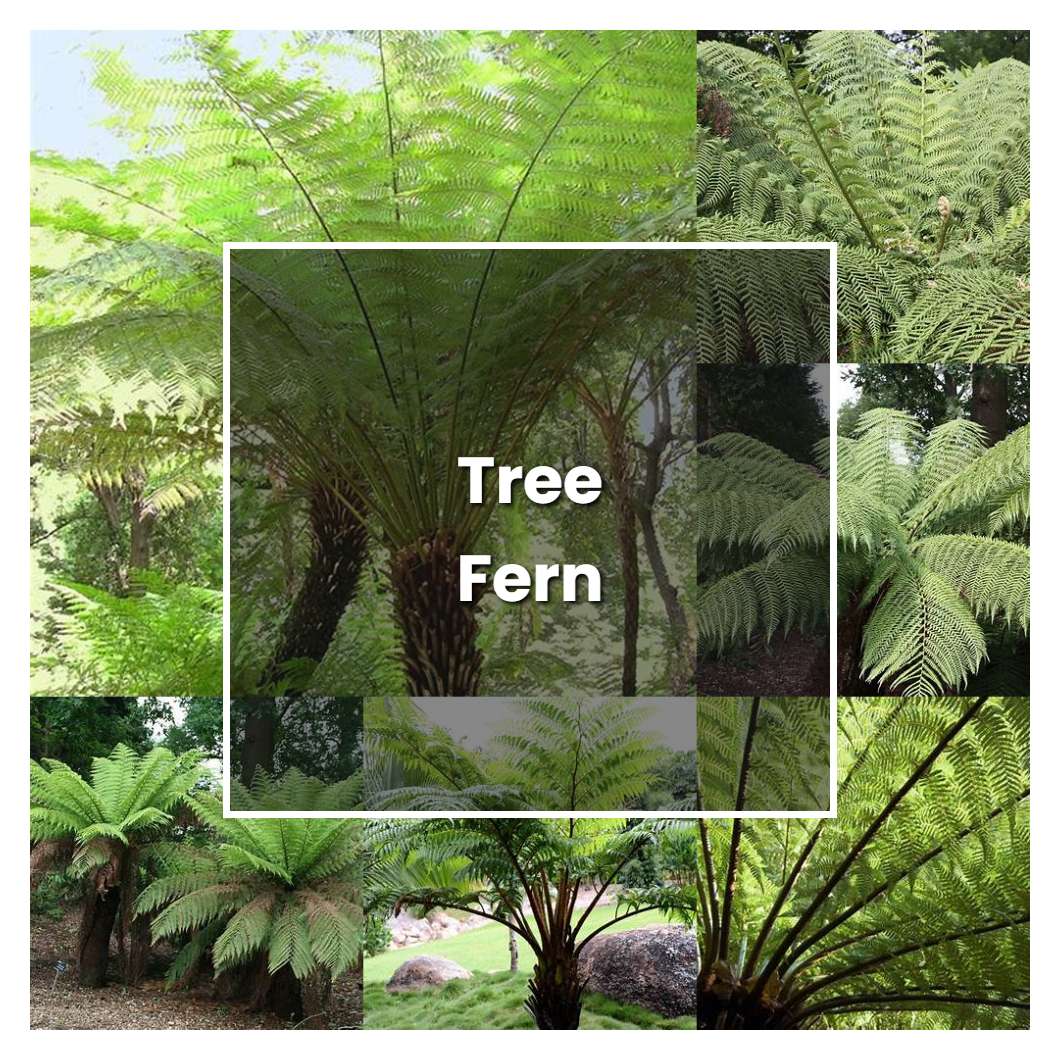Tree fern is a plant that typically grows in tropical and subtropical areas. It is characterized by its large, frond-like leaves and a trunk-like stem. Tree ferns can grow to be quite tall, and they are a popular choice for landscaping and decorative purposes.

Related plant:
Herb Shrub Tree
Related plant:
Smoke Tree
About soil condition, tree ferns enjoy moist, well-drained, and rich soil with a high organic content. They prefer a shady location, but will tolerate some sun if the soil is kept moist. Be sure to keep an eye on the soil moisture and water regularly, especially during hot, dry weather.
Like the other ferns, tree ferns need indirect sunlight or filtered light. They will do best if they are not in full sun, especially during the hottest hours of the day. Tree ferns will also do well in bright, indirect light or even full shade.
The temperature condition that is most favorable for tree ferns is one that is not too hot and not too cold. tree ferns prefer a temperature that is cool to moderate. They will do best if the temperature is between 60 and 70 degrees Fahrenheit. If the temperature gets too hot, the tree fern will start to wilt and if the temperature gets too cold, the tree fern will turn brown and die.
Ideal humidity condition for this plant is 60-80%. The plant will do best if the surrounding air is constantly moist, but not soggy. If the air is too dry, the fronds will begin to turn brown and curl up.
About fertilizer, usually the plant that we use is inorganic fertilizer which is made of chemical components. However, some people prefer using organic fertilizer since it is made of natural materials and it is safer to use. In terms of the amount, we should follow the principle of using less but more often because too much fertilizer will do more harm than good. For example, when we use too much chemical fertilizer, it will actually kill the beneficial microorganisms in the soil and make the soil hard and compact, which is not good for the plant.
Pruning tree ferns is a bit different than other plants because you want to avoid damaging the delicate fronds. The best time to prune is in the early spring, before new growth begins. Using a sharp knife or pruning saw, cut back any dead or damaged fronds. You can also cut back any that are crowding the plant. Be careful not to damage the crown, where the new growth emerges.
Propagation of tree ferns is typically done by division of the root ball. This can be done either in spring or fall. It is important to make sure that the root ball is moist before division. The division can be done by hand or with a spade. After division, each root ball should be replanted in a new location.
Usually, the plant growth rate is determined by the age and species of tree fern. In general, young ferns grow faster than old ferns. The fastest-growing tree ferns are of the Dicksonia and Cyathea species. Cyathea tree ferns are the fastest growers, with a growth rate of up to 1 meter per year. Dicksonia tree ferns have a growth rate of up to 50 centimeters per year. The growth rate of tree ferns is affected by many factors, including the amount of sunlight, the type of soil, the amount of water, and the temperature.
Common problems for this kind of plant s are caterpillars, though these are easily removed by hand; browning or blackening of the fronds, caused by too much sun or windburn; and scale, which can be controlled with horticultural oil. More serious problems include root and crown rot, caused by too much water, or fern nematodes, which cause the fronds to wilt and the plant to eventually die.
Source:
What is a Tree? | Forestry | USU - Utah State University
Using Trees and Shrubs for Privacy and Wind Screening
Pruning Trees in the Home Landscape - UMD
